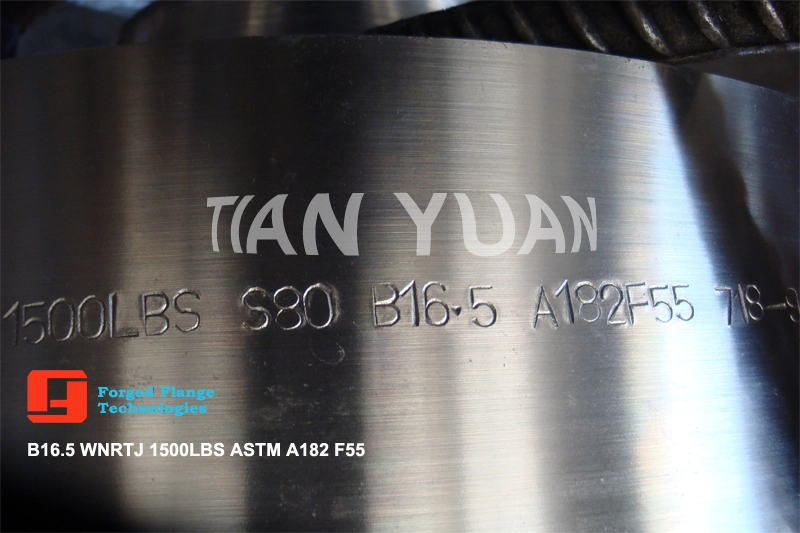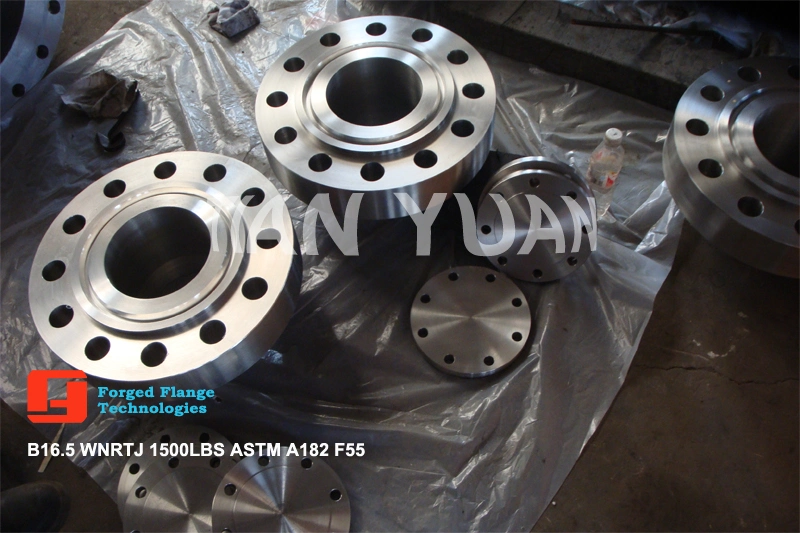SuperDuplex stainless like Duplex, is a mixed microstructure of austenite and ferrite (50/50) which has improved strength over ferritic and austenitic steel grades. The main difference is that Superduplex has a higher Molybdenum and Chromium content which gives the material greater corrosion resistance.
SuperDuplex has the same benefits as its counterpart - it has lower production costs when compared with similar ferritic and austenitic grades and due to the materials increased tensile and yield strength, in many cases this gives the purchaser the welcomed option of purchasing smaller thicknesses without the need to compromise on quality and performance.
Introduction
32760 was originally developed for use in the maritime environment it is recognised for its excellent resistance to both chloride and sulphide corrosion. It combines this with high yield strength and hardness; it is reasonably ductile and does not become brittle at sub-zero temperature.
These qualities are due to the chemical composition and carefully controlling the temperature during the production process. This results a a steel composed of a mix of austenitic ferritic forms - betweeen 40 & 50% ferrite in the annealed form.
Properties
Duplex S32760 is a super duplex stainless steel, so-called due to its higher Chromium and Molybdenum content. It also contains both Tungsten (W) and Copper (Cu).
Tungsten is particularly useful in contributing to hardness at high temperatures but this is of little benefit in duplex steels which are generally limited to temperatures below 300oC due to the effect of higher temperatures on their duplex structure. The main function tungsten fulfils is to promote finer grain sizes thereby contributing to the corrosion resistance.
The addition of copper further contributes to the corrosion resistance.
S32760 has high impact strength and shows no ductile-brittle transformation as temperatures drop. It does, however, show a slight reduction in impact strength at lower temperatures.
Having originally been developed for seawater resistant pumps in the North Sea oil and gas industry its combination of hardness and corrosion resistance has seen its use spread to many industries where hostile environments combine with temperatures up to 300oC are found.
Chemical Composition
The chemical composition of grade F55 steel is outlined in the following table.
| Element | Content (%) |
| Iron, Fe | Balance |
| Chromium, Cr | 26 |
| Nickel, Ni | 8 |
| Molybdenum, Mo | 4 |
| Manganese, Mn | 1 |
| Silicon, Si | 1 |
| Copper, Cu | 1 |
| Tungsten, W | 1 |
| Nitrogen, N | 0.3 |
| Carbon, C | 0.03 |
| Sulfur, S | 0.015 |
| Phosphorous, P | 0.035 |
The mechanical properties of grade F55 steel are displayed in the following table.
| Properties | Metric | Imperial |
| Tensile strength | 730-930 MPa | 105877 - 134885 psi |
| Proof strength | 530 MPa | 76870 psi |
| Modulus of elasticity | 200 GPa | 29007 ksi |
| Elongation at break (in 50 mm) | 25% | 25% |
Equivalent materials to grade F55 are EN 10088-3 1.4501 and ASTM A182 F55.
Applications
Grade F55 steel is widely used in the following applications:
- Pumps
- Valves
- Chokes
- Bolting
- Pipework/flanges
- Connectors and manifolds
- Oil and gas industry
- Equipment in defence, chemical and marine industries






DN15-DN3000
Maximum weight 6tons
25,000tons production annual year
ANSI B16.5,ANSI B16.47 Series A&B,ANSI B16.48,ANSI B16.36
API 605,API 16D,API 17D
BS4504,BS3293
DIN
AS
EN1092-1
GOST
EEMUA145
EN10204-3.2 byTUV,BV,Lloyds,GL,DNV,SGS,ABS,RINA,Moody or other third parties